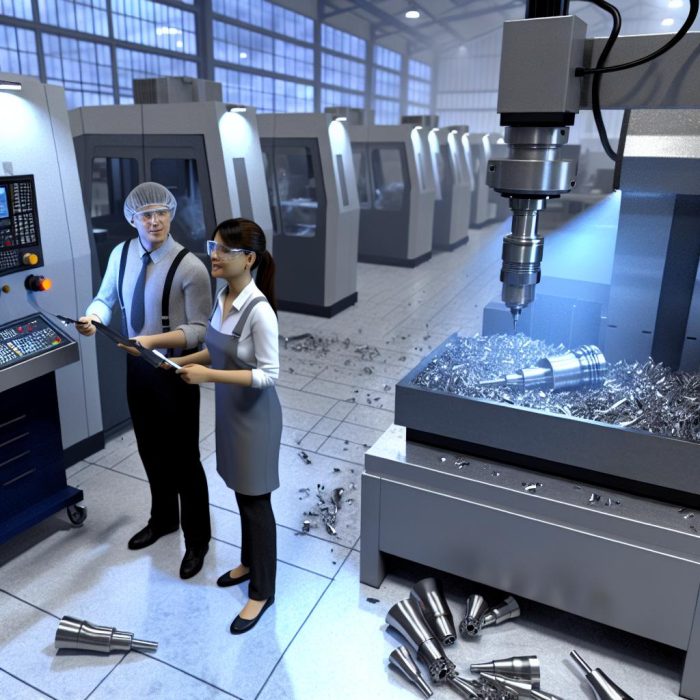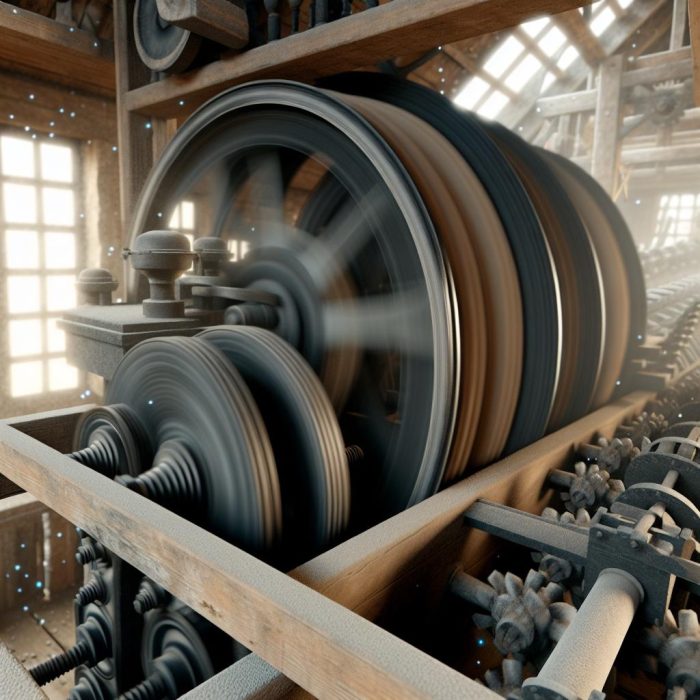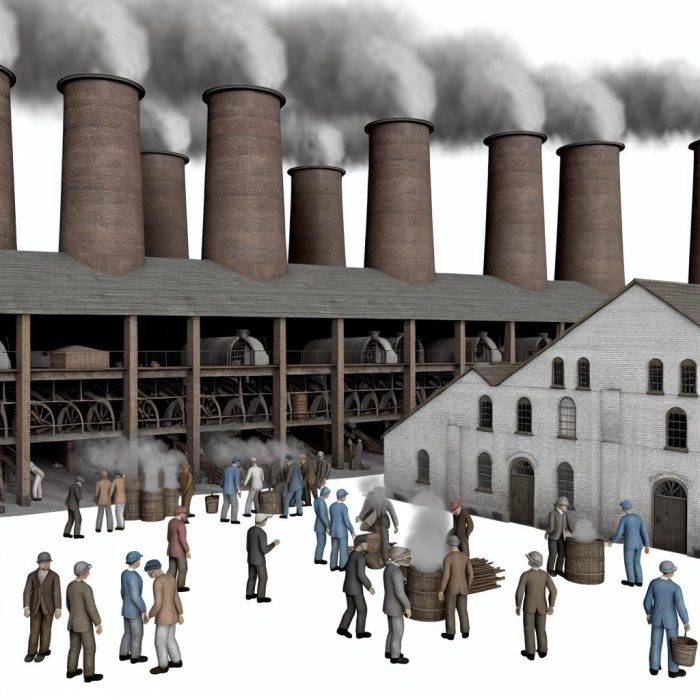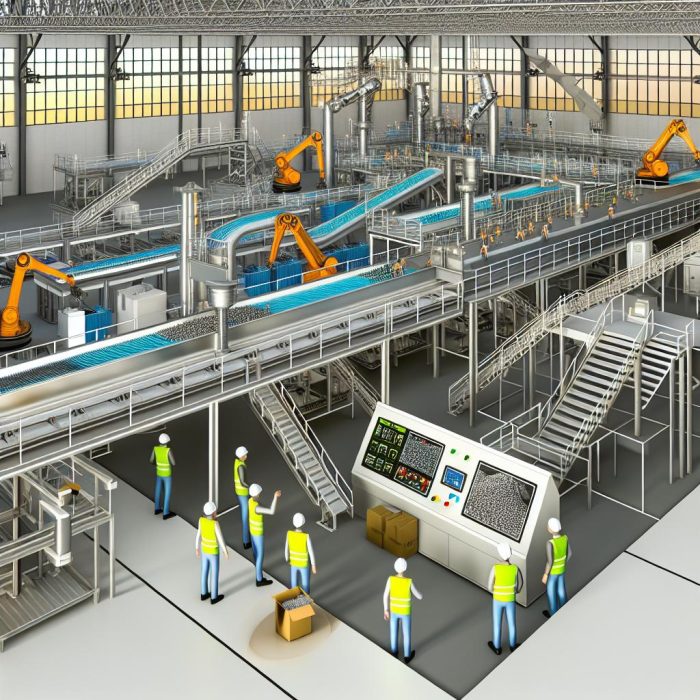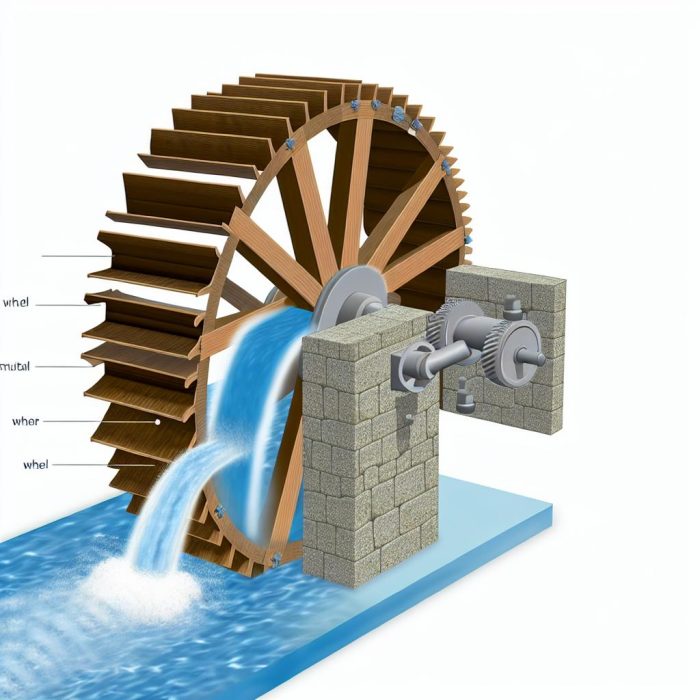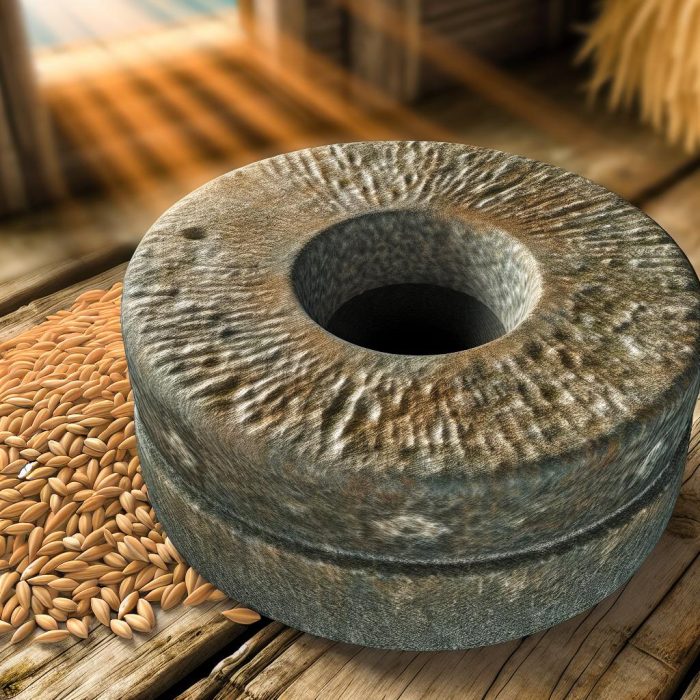Understanding CNC Mills in Modern Manufacturing
CNC (Computer Numerical Control) mills have revolutionized the manufacturing landscape, providing a blend of precision, efficiency, and versatility that traditional machining cannot match. At their core, CNC mills are advanced machines that utilize computer controls to operate and manipulate cutting tools, thereby crafting parts with exacting detail.
The Evolution of CNC Technology
CNC technology has its origins in the mid-20th century, a period marked by industrial transformation and the exigency for precision in manufacturing. Initially, the transition from manual to computer-controlled machining was driven by the need to overcome the limitations posed by manual processes, which were time-consuming and less accurate. Over the decades, CNC technology has undergone significant transformations, evolving from rudimentary systems that controlled basic machining functions to highly sophisticated machines that can execute complex operations with remarkable precision. Today, modern CNC mills are powered by advanced software and robust hardware, capable of managing intricate tasks efficiently and on a large scale.
Principles of CNC Milling
The fundamental principle of CNC milling is the controlled removal of material from a workpiece to form a specific shape or finish. This process begins with a digital design file, typically created using CAD (Computer-Aided Design) software, which outlines the desired specifications of the part. The control system of the CNC machine interprets this digital file, translating it into precise movements of the cutting tools. During the operation, the workpiece is securely clamped onto the milling table. As the cutting tools rotate at high speeds, material is meticulously shaved away to achieve the desired form and dimensions, ensuring both high precision and consistency.
Key Components of CNC Mills
Understanding the key components of CNC mills sheds light on how these machines function synergistically to achieve high precision in manufacturing. The components are intricately designed to harmonize operations for optimal efficiency:
Control Unit: Often referred to as the “brain” of the CNC mill, the control unit is pivotal in interpreting the machine code into specific movements, ensuring that operations are executed with precision.
Milling Table: Serving as the foundation, the milling table provides a stable surface where the workpiece is secured during the machining process, minimizing vibrations and maintaining consistency.
Cutter Spindle: This component is crucial for the rotation and movement of cutting tools. It holds the tools firmly while allowing them to spin at high velocities to sculpt the material.
Tool Changer: The tool changer automates the process of switching between different cutting tools, enabling seamless transitions and reducing downtime during operations.
Coolant System: To prevent overheating and maintain optimal temperature conditions, the coolant system circulates fluids that dissipate heat, extending the lifespan of both the tools and the workpiece.
Applications in Modern Manufacturing
The versatility offered by CNC mills sees them extensively utilized across various sectors of modern manufacturing. In the aerospace industry, for instance, CNC mills are instrumental in producing intricate components with tight tolerances that meet stringent safety standards. Similarly, in the medical field, these machines facilitate the creation of highly precise instruments and implants, contributing to advancements in medical technology. The adaptability of CNC mills allows for rapid transitions between different materials and tasks, enhancing production flexibility which is critical in accommodating diverse and evolving manufacturing needs.
Advantages of Using CNC Mills
CNC mills provide manufacturers with numerous advantages that distinguish them from traditional machining methods.
Precision and Accuracy: CNC mills are renowned for their capability to achieve unparalleled precision and repeatability. This reduces the scope of human error, ensuring that each component manufactured meets exact specifications consistently.
Efficiency: The automation inherent in CNC mills facilitates optimized production cycles. Reduced downtime and faster processing times collectively enhance throughput, enabling manufacturers to meet increased demand without compromising on quality.
Cost-Effectiveness: Despite the initial high capital investment, CNC mills prove economically beneficial in the long run. They reduce labor costs, minimize material wastage, and improve overall operational efficiency, offering a significant return on investment over time.
Challenges and Considerations
While the benefits of CNC technology are substantial, manufacturers must navigate several challenges when implementing these systems. One of the primary hurdles is the substantial initial investment required for purchasing and installing CNC machinery. Moreover, skilled operators are essential to program and maintain the machines, emphasizing the need for proper training and expertise. Additionally, to ensure optimal performance, regular updates to both software and hardware are required, necessitating ongoing investment and attention.
Future of CNC Milling
As the era of Industry 4.0 unfolds, the future of CNC milling appears promising, with potential for further growth and integration with cutting-edge technologies. Anticipated advancements include the incorporation of machine learning to enhance predictive maintenance and operational efficiency. The connectivity afforded by the Internet of Things (IoT) could also transform CNC milling by enabling real-time data monitoring and process automation. Furthermore, the integration of augmented reality interfaces may lead to more intuitive operations, simplifying complex tasks and empowering operators with enhanced control and insight.
For more in-depth information, industry experts and manufacturing sites provide detailed insights into the broad capabilities and future potential of CNC milling. For a deeper dive into CNC technologies, visit this resource.
Conclusion
Overall, CNC mills stand as a cornerstone in the landscape of modern manufacturing, driven by their unparalleled precision, speed, and versatility. By continuously evolving alongside technological advancements, CNC mills are poised to remain at the forefront of manufacturing innovation, readily meeting the dynamic demands of various industrial sectors. As technological evolution progresses, the role of CNC machines in global production is expected to expand, reinforcing their integral position in shaping the future of manufacturing.
